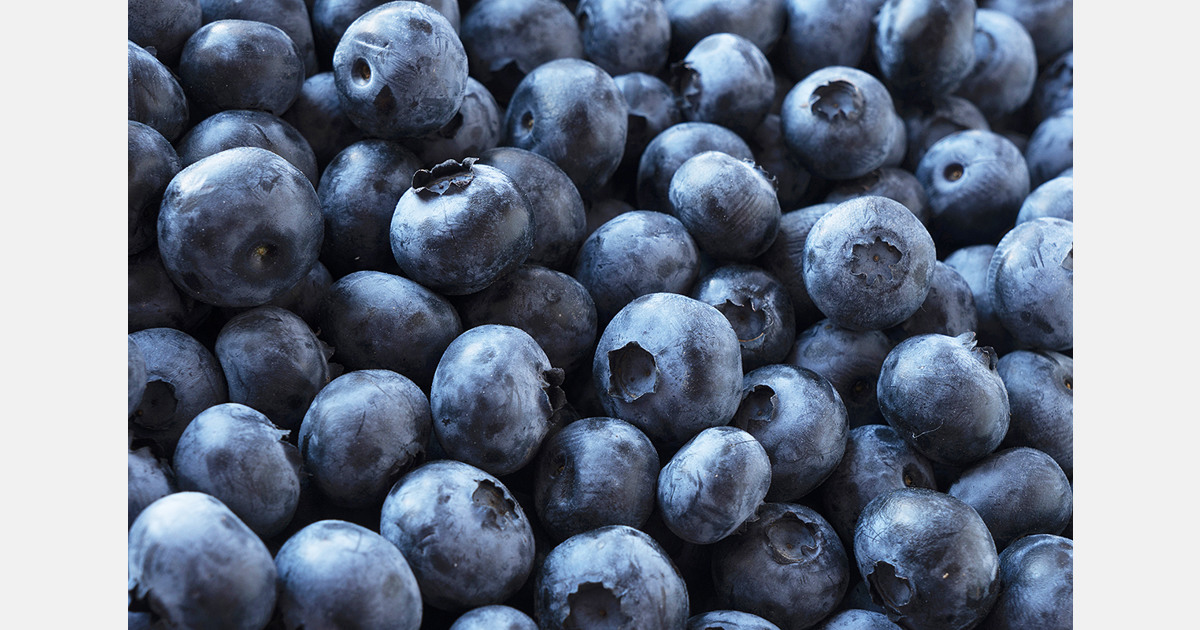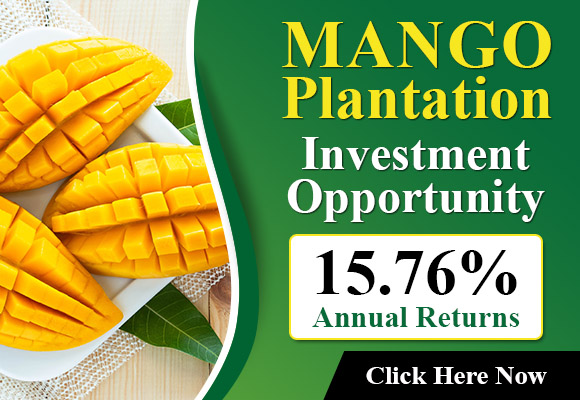
Serbia has emerged as a noteworthy participant in the global blueberry market, despite its relatively small scale. With approximately 2,500 hectares dedicated to blueberry cultivation, Serbia’s annual production is estimated at 6,000–7,000 tons. The country’s season extends from early June to October, with peak exports occurring mid-summer.
While Serbia’s production volume is less than that of Spain or Poland, its export impact is notable due to limited domestic consumption. By 2023, Serbia ranked among the top 10 global blueberry exporters, reflecting its export-oriented strategy. Alongside Mexico and Morocco, Serbia has led growth rates among top exporters over the past five years.
The 2023 season presented challenges for Serbia, with total production around 6,500 tons. However, there was an unprecedented spike in fruit rejection due to quality issues, attributed to rainy weather in May 2023. This resulted in softer fruit and more defects, leading to a rejection rate of ~14%, significantly higher than the typical 2–4%. The industry adapted by redirecting lower-quality fruit to frozen processing or local sales, maintaining stability in export volumes.
Serbia’s primary export markets include the Netherlands, Germany, Russia, Poland, and the UK. The presence of the Netherlands and Germany highlights Serbia’s integration into EU supply chains. Serbian berries are often distributed through Rotterdam to various European destinations. Historically, Russia has been a key market, but Serbia is shifting towards more stable markets due to logistical and payment challenges in Russia. As of late 2023, Serbia gained market access to China, offering potential growth opportunities.
Labor and cost issues present challenges for Serbia. As the local economy improves, retaining farm labor has become difficult, with many workers seeking higher wages in Western Europe. This has led to increased labor costs and the need to import seasonal workers. Most Serbian farms are small to mid-sized, requiring investment to scale up and adopt high-tech cultivation practices.
Looking ahead, Serbia aims to moderately increase production to over 10,000 tons per year by 2030, focusing on export markets. The country’s strategic timing in the supply window between Spain’s and Poland’s peak seasons is advantageous. With potential advancements in mechanization and improved varieties, Serbia could enhance efficiency and solidify its position in the European blueberry supply chain.
Source: EastFruit
Source: The Plantations International Agroforestry Group of Companies
